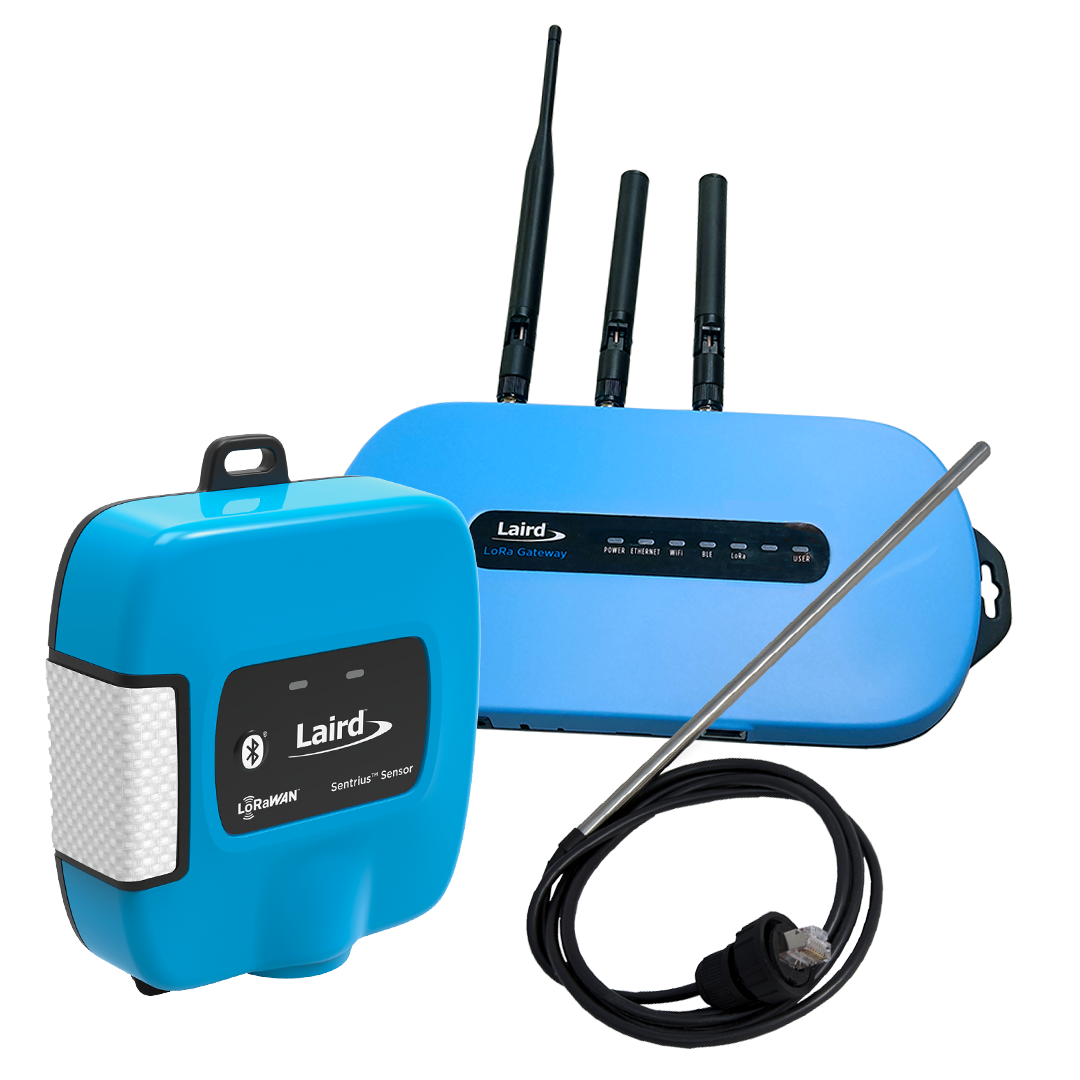
What’s New in TTS V3?
The Things Stack V3 is designed to be more scalable, more secure, and supports the latest LoRaWAN additions like those present in LoRaWAN 1.1 and 1.0.4. This means v3 offers full support for all LoRaWAN versions, as well as class B and class C modes.
The latest TTS also introduces a new UI for device and network management. This overhaul is designed with user-friendliness in mind, making it easier to deploy and manage devices. Part of this extension of user-friendliness includes more advanced APIs and easier integration with the cloud platforms that users frequently work with, like AWS IoT Core. Making more tools easier to access makes The Things Network an even better fit for developers.
One of the more significant changes in TTS v3 is the connection to Packet Broker, which allows connection and traffic exchange between The Things Network and privately managed networks. The Things Industries describes Packet Broker as a “global, open, and secure peering platform enhancing coverage, network performance, capacity, and end node battery life.” It enables use cases like forwarding traffic through a gateway to its intended home network, allowing a gateway to provide coverage to other providers’ devices and even monetize that coverage. It greatly expands the coverage of The Things Network. More information is available in The Things Stack documentation.
There are many other smaller changes to V3 which will warrant a closer look from developers. These include changes to the format of uplink and downlink traffic, the HTTP integration, and various API commands. Major changes in V3 are detailed by The Things Industries in their online documentation.
Why Should I Upgrade to TTS V3?
The first reason to upgrade to TTS V3 is the most practical: TTS V2 instances will be phased out later this year, according to TTN. While there isn’t a firm date on when the last TTS V2 clusters will be shut down, the upgrade path is the best and most reliable way to keep your network and devices running without error. Once all V2 instances are shut down, previous devices and their data will be lost and redeploying them manually after the fact is more vulnerable to error.
The Things Network makes this process easier by providing clear instructions on how to migrate TTS V2 installations to V3 as simply as possible. Users will be able to reuse their usernames and passwords from TTS V2, using the Things ID feature. Upgrading to TTS V3 provides access to all upgraded V3 features and the new V3 UI.
How Do I Upgrade to TTS V3?
The Things Network have created comprehensive documentation around how to upgrade to The Things Stack v3 from the previous v2. To summarize, upgrading involves the following steps:
- Login to the development console and add an application in V3
- Update your integration to support the new Data Format and configure Payload Formatters (if any)
- Migrate a single end device (and gateway if needed), and verify devices work as expected
- Migrate additional devices in batches, verifying that they also work as expected.
The Things Industries have provided the ttn-lw-migrate tools to easily migrate end devices and applications from TTS V2 to TTS V3. It exports all devices and applications to a JSON file, which can be imported into the V3 stack.
For full details on migrating from The Things Network Stack V2, see The Things Industries’ documentation.
 Laird Connectivity is now Ezurio
Laird Connectivity is now Ezurio